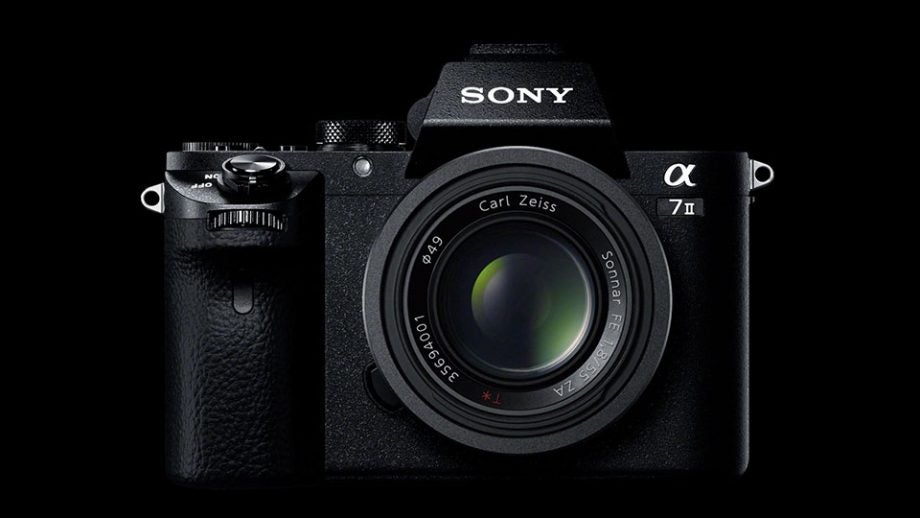Sony A7 II announced

Sony has unveiled the Sony A7 II, the follow-up to last year’s acclaimed full-frame compact system camera.
Unlike the company’s popular NEX series, the Sony A7 saw the company shifting to a full-frame image sensor an interchangeable lens camera for the first time in. The Sony A7 II, unsurprisingly, sticks to those principles with only a few notable changes.
The main improvement here relates to stability. The Sony A7 II is “the world’s first full-frame camera with 5-axis image stabilisation,” according to Sony.
When using most lens types, it’s the image sensor itself that shifts subtly along all five axes to compensate for your shakey hands. However, when you plug in an E-mount lens, the camera smartly switches to a mere three-axis system, leaving the lens to handle the rest.
Attention has also been paid to the Sony A7 II’s hybrid autofocus system. It now uses 117 phase and 25 contrast points, which Sony claims makes it 30 percent faster than the original. Meanwhile, moving subjects are picked up 50 percent faster.
Otherwise, it’s pretty much the same camera as the original Sony A7 – which is no bad thing. It’s got the same 24.3-megapixel full-frame image sensor, the same BIONZ X image processor, a 2.4 million dot viewfinder, and a 3-inch 1.2 million dot display.
The body remains very similar, too, aside from an improved grip.
At present the Sony A7 II has only been announced for Japan, where it will go on sale for 190,000 Yen (£1,022) on December 5.
Read More: Sony RX100 III vs Panasonic LX100 vs Canon G7 X
Via: Engadget


